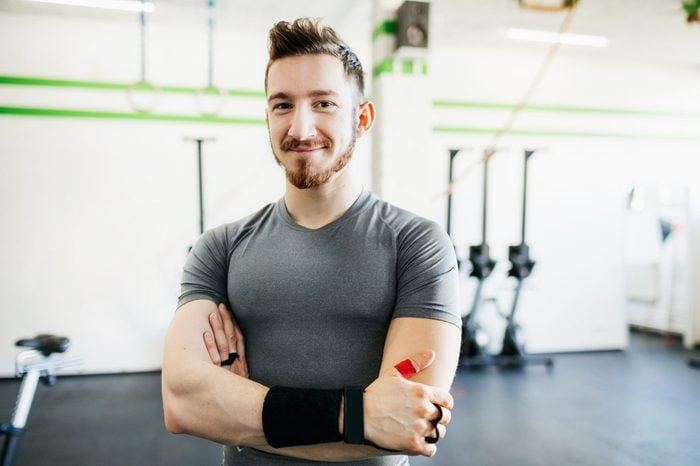
Maybe you’ve joined a new gym or are motivated to get disciplined with a nutrition and fitness plan. Scheduling time with a trainer can be a wise way to help you get on track, figure out how to use equipment safely, and learn form and techniques that will help you maximize your results.
But it’s normal if you feel like working with a trainer seems a little intimidating at first. If you assume their assessment begins from the moment you walk through the door, Theresa Perales, CPFT, a Certified Personal Trainer and adjunct instructor at San Diego Mesa College, says you’re right—in a good way. An informed trainer may check for certain cues about your health, fitness readiness, and overall wellbeing before you ever pick up a weight or step foot on that treadmill.
Understanding how they might be studying you can help you to collaborate with your trainer in the pursuit of your fitness goals. To help you better understand what your trainer might be watching for, Perales filled us in on the clues personal trainers look for.

1. Your posture
Believe it or not, your posture says a lot about you. As you age, work life, injuries, and lifestyle can cause deviations from your optimal body alignment.
Perales says just two examples are upper crossed syndrome, which is characterized by a forward head posture and rounded shoulders (think long periods sitting at a desk), and lower crossed syndrome, when there is a significant forward pelvic tilt. Extended periods of time without correcting those deviations can result in muscle imbalances, muscle weakness, joint dysfunction, and an eventual lack of mobility.
Skilled trainers will note some of the postural deviations from the start of your training and will design programming to aid in the correction these issues and keep your free from injury.
4 Chest Stretches to Help Improve Posture and Reverse Slouching
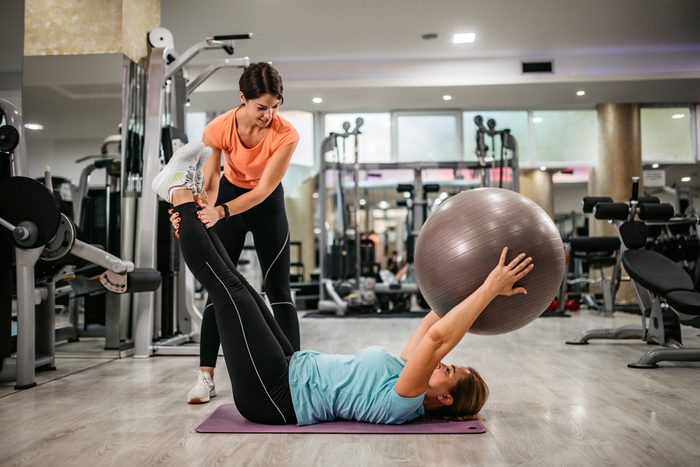
2. Your mood
Going to the gym can be a challenge, and moving through workouts can be painful. A good trainer recognizes this, and they are going to assess your mood to try and determine your motivation and how hard they can push you. Your mood will also let them know how motivated you are to be there in the first place. A main goal of any trainer should be to make sure they’re designing a program that keeps you engaged and inspires you to come back. If you show up to a session feeling depleted or depressed, your trainer should note this and adjust accordingly. On the flip side, if you come bouncing through the door with a grin from ear to ear, trainers can capitalize on that positivity and give you that extra push to accelerate you toward your goals.
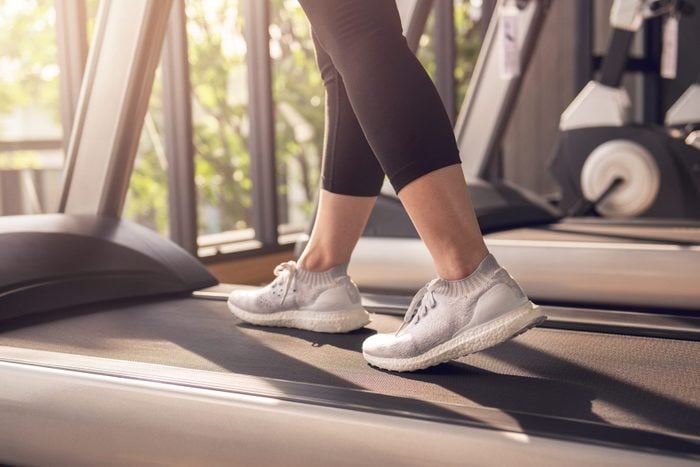
3. Your mobility
Similar to you posture, your mobility says a lot about your lifestyle and your current physical fitness. Trainers are likely to observe your initial mobility starting with how you walk through the door or sit down for your initial consultation. Is there an imbalance in your gait, or are you having difficultly moving from a seated to a standing position? Trainers will also put you through a series of mobility tests during an assessment to gain further insight into areas that may need some extra attention.
The goal of any training engagement is to design programming that builds a strong foundation. Your mobility, or lack of mobility, will be the initial indicator of the strength of that foundation and what needs to be addressed.
4 Gentle Mobility Exercises a Trainer Says You Should Be Doing
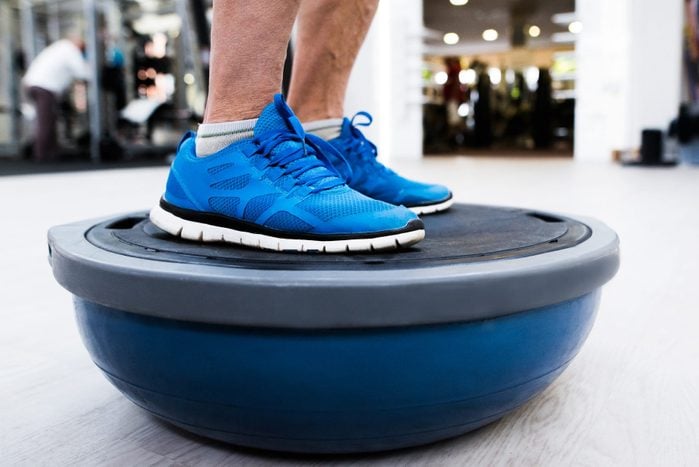
4. Your balance
When you perform any exercise, there are a number of systems at play that include your vision, vestibular, and somatosensory systems. Weakness or dysfunction in any of these systems can present as balance issues, some of which your trainer may pick up on during your first encounter.
Along with these initial observations, more balance information could be gathered through a series of tests during your initial physical assessment. The balance systems noted above can be trained and strengthened through your training program, and your trainer can gradually increase the balance challenges in your routine to help improve on deficiencies. Moving from dual-leg squat to a single-leg squat is just one example of how this might be accomplished.
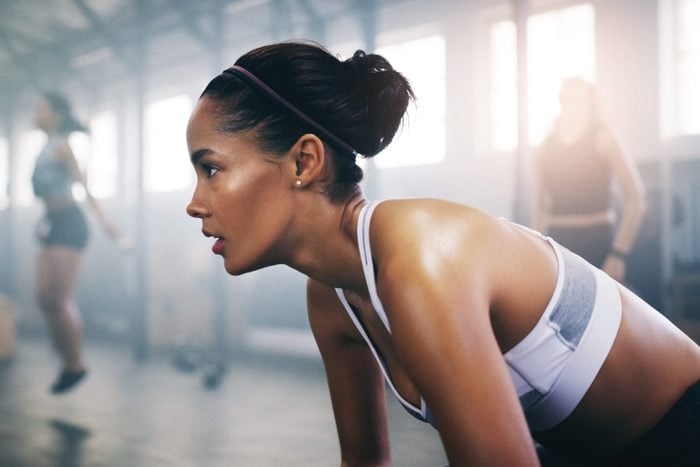
5. Your breathing
This one is little more subtle, but as a certified XPT breathing coach, this is something that I quickly take note of. In just the initial conversation a trainer can tell a lot about the efficiency of your breathing and any dysfunction that needs to be corrected. Are you nasal breathing or mouth breathing? Are you engaging your diaphragm or your upper chest for primary inhalation and exhalation? Our optimal breathing patterns in a restful state are as nasal breathers with diaphragmatic led inhalations, but many people have deviated from this infant pattern toward breathing patterns that decrease our efficiency.
Trainers will further observe your breathing through a series of cardiovascular assessments that will take note of your rate of breathing and your ability to converse during certain exercises. All of this will allow your trainer to get a baseline on your cardiovascular fitness and breathing efficiency.
6 Breathing Mistakes You’re Making—And How to Breathe Better
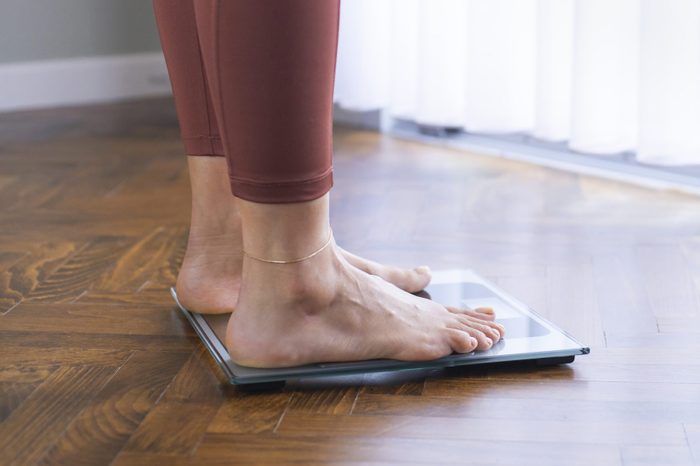
6. Your weight
This one likely doesn’t surprise you as it is often the driving motivator for someone seeking a personal trainer’s assistance. Your weight is indicative of your overall health, whether it’s a medical issue leading weight gain or loss, or simply lifestyle choices as the main contributor. No matter the reasoning, your weight will be noted on initial observation and then likely documented as a starting baseline number during your consultation.
What’s important to keep in mind is that your trainer is there to help you achieve your fitness goals, and not to judge you on any weight management issues that you’re struggling with. If you find yourself feeling judged by your trainer, then that may be a signal this is not the right partnership for you. Skilled trainers should be incorporating an empowering and empathetic approach toward their programming, while moving you closer to your fitness goals.
Healthy Weight Loss: 10 Trainer Tips to Lose Weight in Two Weeks

